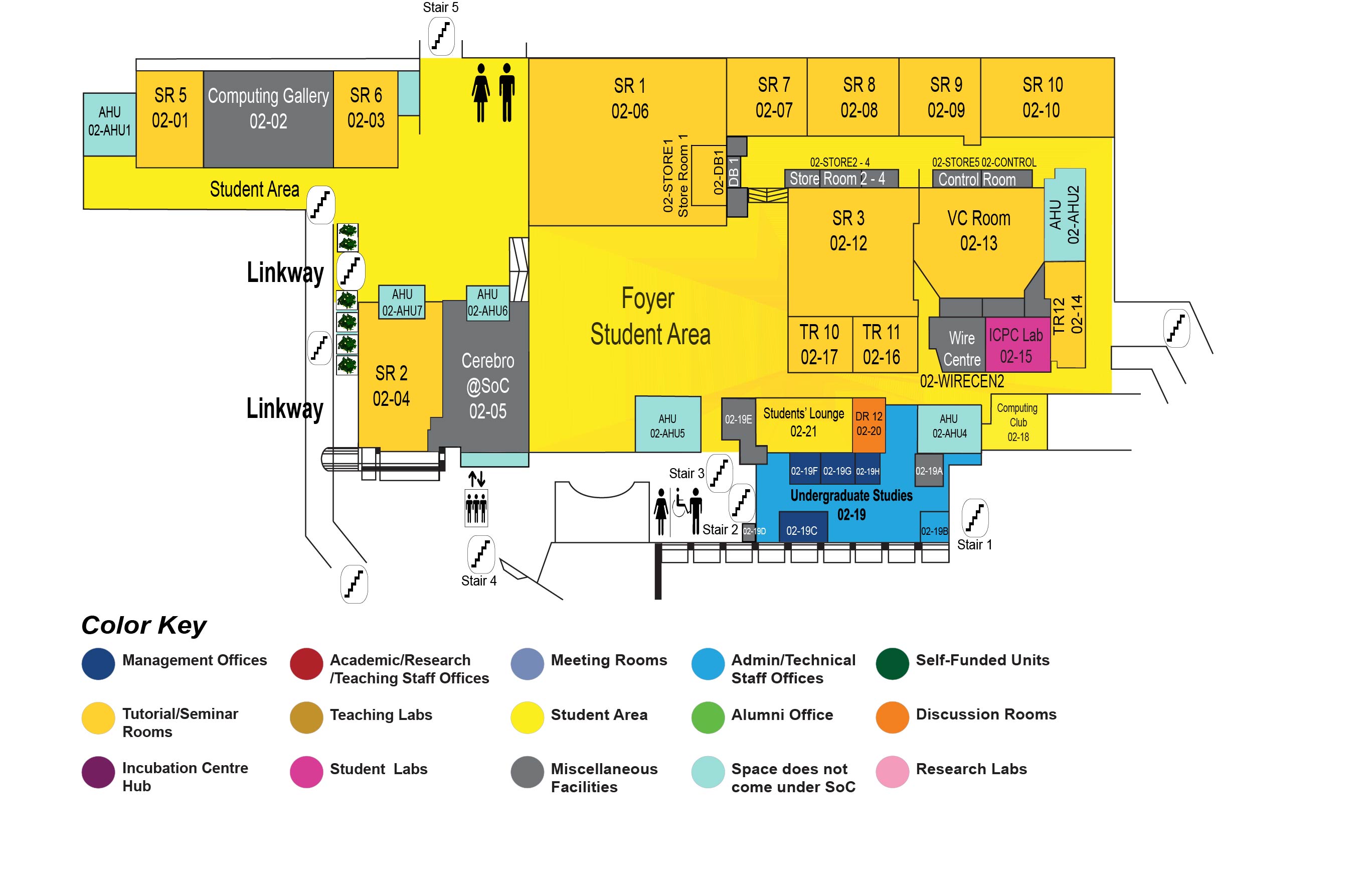Learning Point Cloud Registration
COM1 Level 2
SR3, COM1-02-12


Abstract:
Point cloud registration refers to the task of finding the spatial transformation that aligns two or more point clouds. It is an important problem with many applications in robotics and virtual or augmented reality.
Local refinement algorithms take as input two point clouds as well as an initial transformation that roughly aligns them, and output a refined transformation that tightly aligns the two point clouds.
The de-facto local refinement algorithm, Iterative Closest Point (ICP) is unfortunately sensitive to local minima. We thus propose RPM-Net, which makes use of learned annealing for soft correspondences obtained from matching learned hybrid features to obtain better robustness against bad initialization or local minima. Unlike many existing learned works, RPM-Net can also handle partially overlapping point clouds where not all points have correspondences.
Global registration methods are applicable for situations where a rough alignment is not available. The common approach to global registration is to first establish putative correspondences between points in the two point clouds, before estimating the spatial transformation. The first step relies on specially designed keypoint detectors and feature descriptors for matching. Recent works have applied deep learning to learn better feature descriptors using labeled matching/non-matching point pairs. However, such labeled data can be challenging to obtain, especially for outdoor scenarios where it is difficult to obtain accurate sensor poses and hence correspondences. In view of this, we propose the 3DFeat-Net that learns both 3D keypoint detection and feature description under weak supervision, utilizing approximate poses from GPS/INS to learn local features.
After the features are computed, the second step is to estimate the spatial transformation. Since many points may be matched incorrectly, RANSAC is often used to filter out outliers. However, due to its non-differentiability, RANSAC is not easily incorporated into a training pipeline. We circumvent this by further proposing REGTR, which directly predicts a final inlier set of correspondences by making extensive use of transformer layers. We empirically show that the transformer layers can replace RANSAC, while achieving state-of-the-art performance.
Lastly, we tackle the problem of registration of more than two point clouds. After the relative transformations between pairs of point clouds are estimated, the next step is to recover the absolute poses that are consistent with the pairwise motions, a problem known as transformation synchronization. Conventional approaches to this problem utilize robust loss functions in order to handle outlier pairwise transforms, but these robust functions may be challenging to design and may not work well in real world scenarios. To alleviate this, we propose to learn to optimize the absolute poses using data. We utilize a recurrent graph neural network (GNN) that incrementally refines the absolute poses. Our iterative approach alleviates the need for an explicit initialization step and performs well with identity initial poses.

